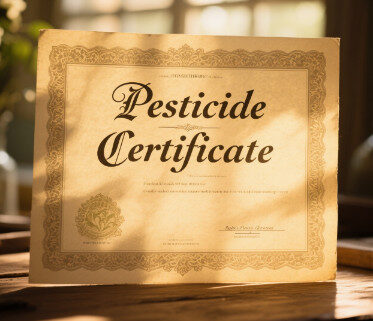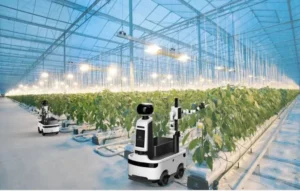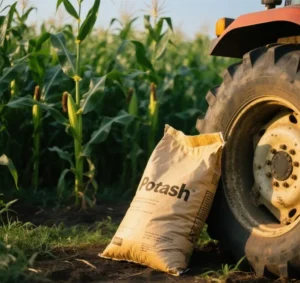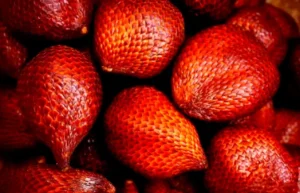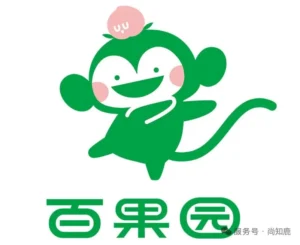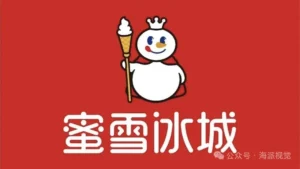On August 4, 2025, China’s Ministry of Agriculture and Rural Affairs (MARA) issued Announcement No. 925, introducing sweeping reforms to pesticide labeling and market regulations. These reforms are set to take effect on January 1, 2026. They introduce the “One License, One Product” rule, which aims to eliminate duplicate branding, enhance traceability, and crack down on unauthorized subcontracting. This policy marks a significant shift in the industry landscape, promising to reshape the market and improve regulatory oversight.
The new regulations feature four major requirements. First, pesticide products must label the registration number and the manufacturer of the active ingredient. This information must be embedded in traceable electronic codes to ensure accountability. Second, each registration license is limited to one brand name, which eliminates subcontractor branding and prevents unauthorized relabeling. Third, pesticides designed for herbicide-tolerant crops must specify the target crop varieties and genetic traits. Lastly, labels must disclose any required additives, including their names and key components, to ensure transparency for consumers.
These changes are expected to profoundly impact the market. The new policy puts an end to the “One License, Multiple Brands” era, under which a single pesticide registration could support numerous branded products. This led to market confusion and quality risks. With 48,233 registered pesticides in China, many of which were from subcontractors, the market is flooded with over 100,000 branded products. Under the new rules, thousands of rebranded products will disappear, and small firms that rely on “license renting” will face significant challenges, if not collapse. This will accelerate market consolidation, favoring large companies with robust research and development (R&D) and registration portfolios.
Winners in this new regulatory environment include “license giants” such as Noposion, Meibang Group, and Rotam. These companies hold thousands of registrations and are well-positioned to dominate the market. Innovators in biological pesticides, particularly bio-fungicides, will also gain an advantage due to stricter compliance requirements. Conversely, small pesticide traders without in-house production capabilities, “ghost manufacturers” that rely on subcontracting, and brands with weak registration assets will likely struggle.
The rush for new registrations is already evident: MARA approved 2,291 new pesticide registrations in the first half of 2025, nearly matching the total for all of 2024. Forty-four firms secured ten or more new licenses each, indicating a competitive race for market control.
In the long term, these reforms promise to reduce the prevalence of counterfeit and low-quality pesticides, boost innovation and R&D investment, and strengthen China’s global competitiveness in the pesticide industry. Major industry leaders like Sinochem and Syngenta China are adapting to the changes by focusing on high-value formulations and digital traceability.
In conclusion, China’s pesticide market is entering a new era of compliance and consolidation. Companies that secure registrations, invest in research and development (R&D), and optimize their supply chains will thrive. Those that do not adapt risk extinction. The “One License, One Product” rule is more than just a regulatory change—it’s a revolutionary shift that will define the industry for years to come.


